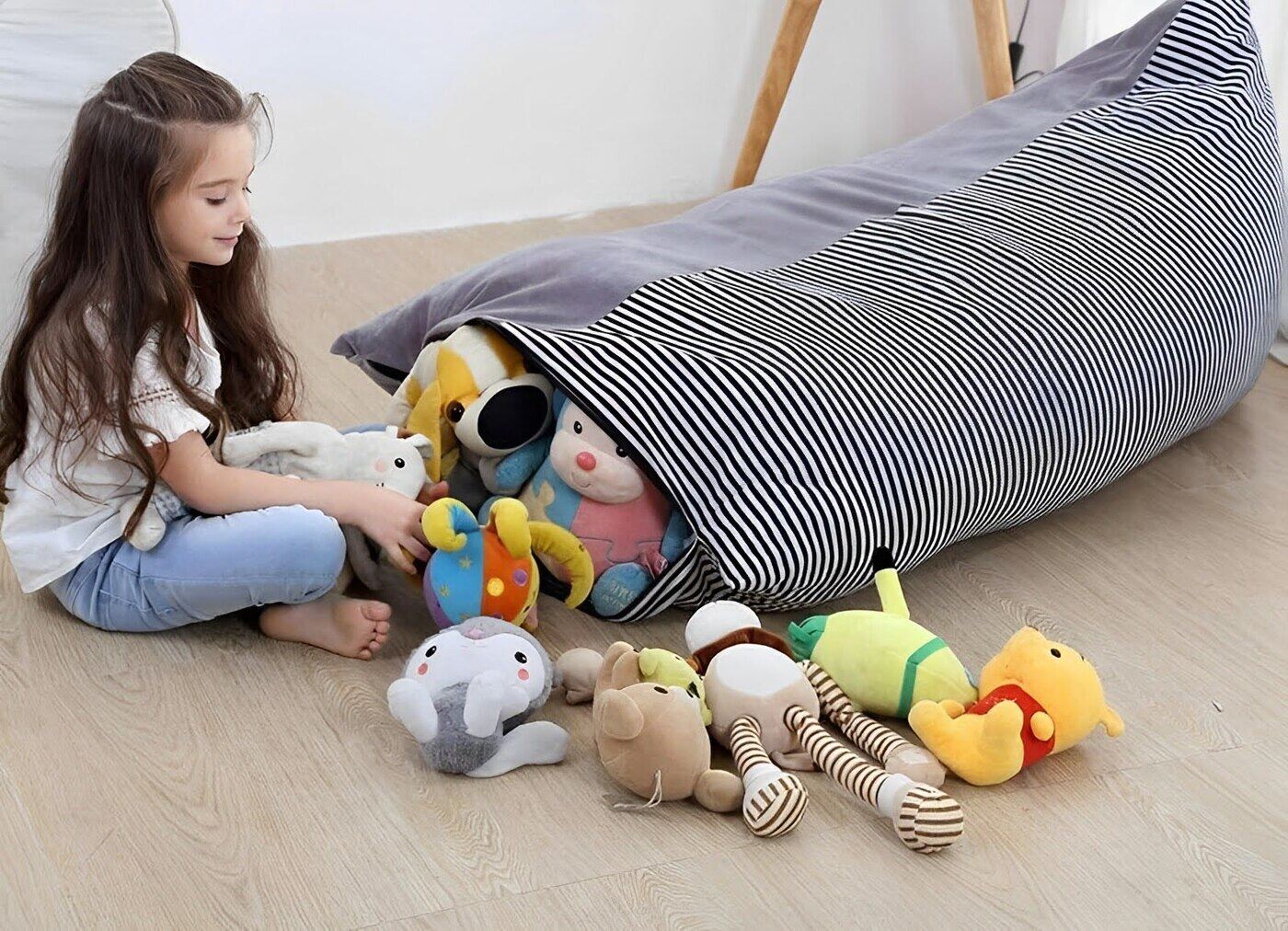

Articles
How To Store Large Stuffed Animals
Modified: February 24, 2024
Learn the best strategies for storing large stuffed animals in this comprehensive collection of articles. Keep your plush toys clean, organized, and protected.
(Many of the links in this article redirect to a specific reviewed product. Your purchase of these products through affiliate links helps to generate commission for Storables.com, at no extra cost. Learn more)
Introduction
Stuffed animals have a special place in our hearts – whether they are childhood companions, sentimental gifts, or simply delightful decorations. However, when it comes to storing large stuffed animals, it can often be a challenge. These oversized furry friends require extra care and attention to ensure they remain in good condition while being stored away.
In this article, we will explore various methods and tips for storing large stuffed animals effectively. From assessing the available space to choosing the right storage method and properly cleaning and maintaining the plush toys, we will cover all the necessary steps to keep your oversized stuffed animals in excellent shape.
So, if you’re ready to embark on an adventure of organizing your collection of large stuffed animals, let’s dive in!
Key Takeaways:
- Embrace the joy of storing and displaying large stuffed animals by assessing space, choosing the right storage method, and organizing with creativity and care. Let your plush companions bring smiles and warmth to your home.
- Keep your oversized stuffed animals in excellent condition by following proper cleaning and maintenance techniques, and display them thoughtfully to add personality and whimsy to your space. Let your collection bring joy for years to come.
Read more: How To Store Stuffed Animals
Assessing the Available Space
Before you start storing your large stuffed animals, it’s essential to assess the available space in your home. This step will help you determine the most suitable storage solution and ensure that your stuffed animals are stored safely and without taking up unnecessary space.
Start by identifying potential storage areas in your home, such as closets, attics, basements, or spare rooms. Measure the dimensions of these spaces to get an accurate understanding of the available area. This will help you determine the maximum size of stuffed animals that can be stored in each location.
Next, consider the accessibility of the storage area. Ask yourself these questions:
- Is the space easily accessible?
- Will you need to move furniture or other items to reach the stuffed animals?
- Is the area prone to moisture, heat, or pests?
Based on your answers, you can decide whether it’s feasible to store your large stuffed animals in that particular space. If you’re concerned about potential damage due to environmental factors, consider investing in protective covers or utilizing a different storage method.
Additionally, take into account the visual impact of storing large stuffed animals in different spaces. If you have a spare room that can be dedicated to creating a whimsical display of your collection, it might be worth considering. On the other hand, if you prefer a more discreet and organized storage approach, closets or storage containers might be the better choice.
By assessing the available space in your home and considering both practical and aesthetic factors, you can determine the most suitable storage solution for your large stuffed animals.
Choosing the Right Storage Method
Once you have assessed the available space in your home, it’s time to choose the right storage method for your large stuffed animals. There are several options to consider, depending on your preferences, available space, and the size of your collection. Let’s explore some of the popular storage methods:
1. Storage Bins or Containers:
Using storage bins or containers is a common and practical method for storing large stuffed animals. Look for containers that are durable, preferably made of plastic or fabric, and have a secure lid to protect the plush toys from dust, moisture, and pests. Opt for clear containers, if possible, to easily identify the contents inside.
2. Hanging Storage:
If you have ample closet space, consider using hanging storage systems designed for stuffed animals. These typically consist of shelves with mesh or fabric compartments that can hold the plush toys without causing any damage. Hanging storage keeps the stuffed animals off the floor and allows for easy access and visibility of the collection.
Read more: How To Store Stuffed Animals For Adults
3. Hammocks or Nets:
If you prefer a more decorative storage option, consider using hammocks or nets to store your large stuffed animals. These can be hung in a corner of the room or attached to the wall, creating a whimsical display. Just ensure that the hammocks or nets are securely fastened to prevent any accidents.
4. Furniture with Built-in Storage:
If you’re looking to combine functionality with aesthetics, furniture with built-in storage could be a great option. Look for ottomans, benches, or even beds with hidden compartments or drawers that can accommodate your large stuffed animals. Not only will these furniture pieces provide storage space, but they can also serve as functional and stylish additions to your home.
5. Display Shelves or Racks:
If you want to showcase your collection while keeping it organized, consider using display shelves or racks specifically designed for stuffed animals. These shelves often have multiple levels, allowing you to arrange your plush toys in an eye-catching manner. Choose sturdy shelves that can support the weight of your large stuffed animals and ensure they are safely secured to the wall.
When choosing the right storage method, consider factors such as accessibility, protection from environmental damage, visual appeal, and available space. The ideal storage method will not only keep your large stuffed animals organized but also ensure they are well-protected and easily accessible whenever you want to enjoy them.
Clearing Clutter and Organizing
As you start organizing your large stuffed animals, it’s important to clear any clutter and establish a system for organizing them effectively. This will not only make it easier to find and access specific plush toys but also create a visually pleasing display. Here are some steps to help you clear clutter and organize your collection:
Read more: How To Organize Stuffed Animals
1. Sort and categorize:
Begin by gathering all your large stuffed animals in one place. Sort them into categories based on type, size, or any other criteria that make sense to you. This will help you identify any duplicates, damaged toys, or items that you no longer wish to keep.
2. Declutter and donate:
Take a close look at each stuffed animal and assess its condition and sentimental value. If you have duplicates or toys that no longer hold any sentimental meaning, consider donating them to local charities, hospitals, or shelters. This not only helps declutter your space but also brings joy to others who may appreciate these toys.
3. Create a storage plan:
Once you have cleared out any unwanted toys, plan how you will organize and store the remaining plush animals. Consider factors such as size, shape, and accessibility. Depending on the storage method you have chosen, you may want to group similar-sized animals together or arrange them by theme.
4. Utilize labeling or inventory systems:
To maintain an organized collection, consider using labels or inventory systems. This can be as simple as attaching a tag or writing the toy’s name on the storage bin. Alternatively, you can create an inventory list or use digital tools to keep track of your collection. This will help you quickly locate specific plush animals when you need them.
Read more: How To Crochet A Stuffed Animal Hammock
5. Store additional accessories separately:
If your large stuffed animals come with additional accessories such as clothing or props, it’s a good idea to store them separately. Utilize small storage containers or zippered bags to keep these accessories organized and prevent them from getting lost or damaged.
By following these steps, you can clear clutter and create an organized storage system for your large stuffed animals. This will not only make it easier to locate specific toys but also enhance the overall appearance of your collection.
Properly Cleaning and Maintaining Stuffed Animals
Regular cleaning and maintenance are crucial for keeping your large stuffed animals in good condition. Over time, these plush toys can accumulate dust, dirt, and odors, so it’s important to take proper care of them. Here are some tips to help you clean and maintain your stuffed animals:
1. Check the care instructions:
Before cleaning a stuffed animal, always check the care instructions provided by the manufacturer. Some plush toys may be machine washable, while others may require specific cleaning methods or spot cleaning only. Adhering to these instructions will ensure that you don’t damage the toy in the cleaning process.
2. Spot clean as needed:
If a stuffed animal has a small stain or spot, spot cleaning is usually sufficient. Use a mild detergent or fabric cleaner and a soft cloth or sponge to gently clean the affected area. Avoid saturating the toy with cleaning solution, as this can damage the stuffing or cause colors to bleed.
3. Machine wash when appropriate:
If the care instructions allow for it, machine-washing can be an effective way to clean large stuffed animals. Use a gentle cycle and place the toy inside a pillowcase or mesh laundry bag to protect it during the wash. Use cold water and mild detergent, and avoid using harsh chemicals or bleach.
4. Air-dry or low-heat dry:
Avoid using high heat to dry stuffed animals, as this can cause damage or shrinkage. Instead, air-dry them by placing them in a well-ventilated area or using a low-heat setting on your dryer. Make sure the toy is completely dry before returning it to storage to prevent mold or mildew growth.
5. Remove dust and odors regularly:
To keep your large stuffed animals looking and smelling fresh, you can remove dust and odors regularly. Use a soft brush or a vacuum cleaner with a brush attachment to gently remove dust from the toy’s surface. You can also sprinkle baking soda on the stuffed animals, let it sit for a few minutes, and then brush it off to neutralize any lingering odors.
6. Handle with care:
When handling large stuffed animals, it’s important to be gentle to avoid any damage. Avoid pulling on loose threads or applying excessive force to the toy. If the toy has delicate accessories or embellishments, take extra care when cleaning or storing to prevent them from getting damaged or detached.
By following these cleaning and maintenance tips, you can ensure that your large stuffed animals remain clean, fresh, and in optimal condition for years to come. A little regular care can go a long way in preserving the beauty and longevity of your beloved plush toys.
Read more: How To Hang A Stuffed Animal Hammock
Tips for Displaying Oversized Stuffed Animals
Oversized stuffed animals not only bring joy and whimsy to a space but can also serve as eye-catching statement pieces. Here are some tips for displaying your large plush toys in a way that showcases their charm and adds personality to your home:
1. Create a focal point:
Choose a prominent area in your home to display your oversized stuffed animals. This could be a corner of a living room, a playroom, or even a dedicated display shelf. By placing them in a focal point, you draw attention to their unique presence and make them a conversation starter.
2. Arrange them in different poses:
Experiment with arranging your large stuffed animals in various poses to create a dynamic visual display. You can have them sitting, standing, or even in playful positions like hugging or leaning against each other. This adds a sense of movement and personality to your collection.
3. Incorporate them into themed displays:
If you have a particular theme in mind, you can incorporate your oversized stuffed animals into themed displays. For example, if you have a safari-themed room, place the animals amidst plants and faux grass to create a mini safari scene. This makes the display more immersive and adds a touch of whimsy.
Read also: 14 Amazing Stuffed Animal Hammock For 2024
4. Use shelves or floating wall display:
Consider using shelves or floating wall displays to showcase your large stuffed animals. These allow you to create layers and depths in your display, making it visually appealing. You can arrange the animals by size or create a cascading effect by placing them at different heights.
5. Mix and match with other decorative elements:
For a more eclectic display, mix and match your oversized stuffed animals with other decorative elements. Incorporate them into gallery walls, pair them with artwork, or place them alongside vintage toys or other collectibles. This adds visual interest and creates a unique display that reflects your personal style.
6. Rotate and refresh the display:
Don’t be afraid to rotate and refresh your display occasionally. This keeps the look fresh and prevents the display from becoming stagnant. You can swap out different stuffed animals or change the positioning to give your collection a new look every now and then.
Remember, the goal of displaying oversized stuffed animals is to bring joy, creativity, and a touch of whimsy to your space. Be creative, trust your instincts, and have fun with the arrangement to create a display that truly reflects your unique style and showcases your love for these adorable plush companions.
Conclusion
Storing and displaying large stuffed animals can be a delightful and rewarding experience. By assessing the available space, choosing the right storage method, clearing clutter, properly cleaning and maintaining, and displaying them thoughtfully, you can ensure that your oversized plush toys remain in excellent condition and provide joy for years to come.
Remember to assess the available space in your home, considering both practicality and visual appeal. Choose a storage method that suits your needs and provides adequate protection for your large stuffed animals. Clear clutter and organize your collection by sorting, decluttering, and creating a storage plan to keep everything in order.
Properly cleaning and maintaining your stuffed animals is essential to preserve their freshness and longevity. Follow care instructions and utilize spot cleaning, machine washing (when applicable), and gentle drying methods. Regularly remove dust and odors to keep them looking and smelling their best.
When it comes to displaying oversized stuffed animals, be creative and have fun. Create a focal point, experiment with different poses, incorporate them into themed displays, and use shelves or floating wall displays for an eye-catching presentation. Mix and match with other decorative elements to add depth and personality to your display.
In conclusion, storing and displaying large stuffed animals requires a balance of practicality and creativity. By following the tips and techniques outlined in this article, you can ensure that your collection remains well-organized, clean, and visually appealing. So, embrace the joy of your oversized plush companions and let them bring smiles and warmth to your home.
Frequently Asked Questions about How To Store Large Stuffed Animals
Was this page helpful?
At Storables.com, we guarantee accurate and reliable information. Our content, validated by Expert Board Contributors, is crafted following stringent Editorial Policies. We're committed to providing you with well-researched, expert-backed insights for all your informational needs.
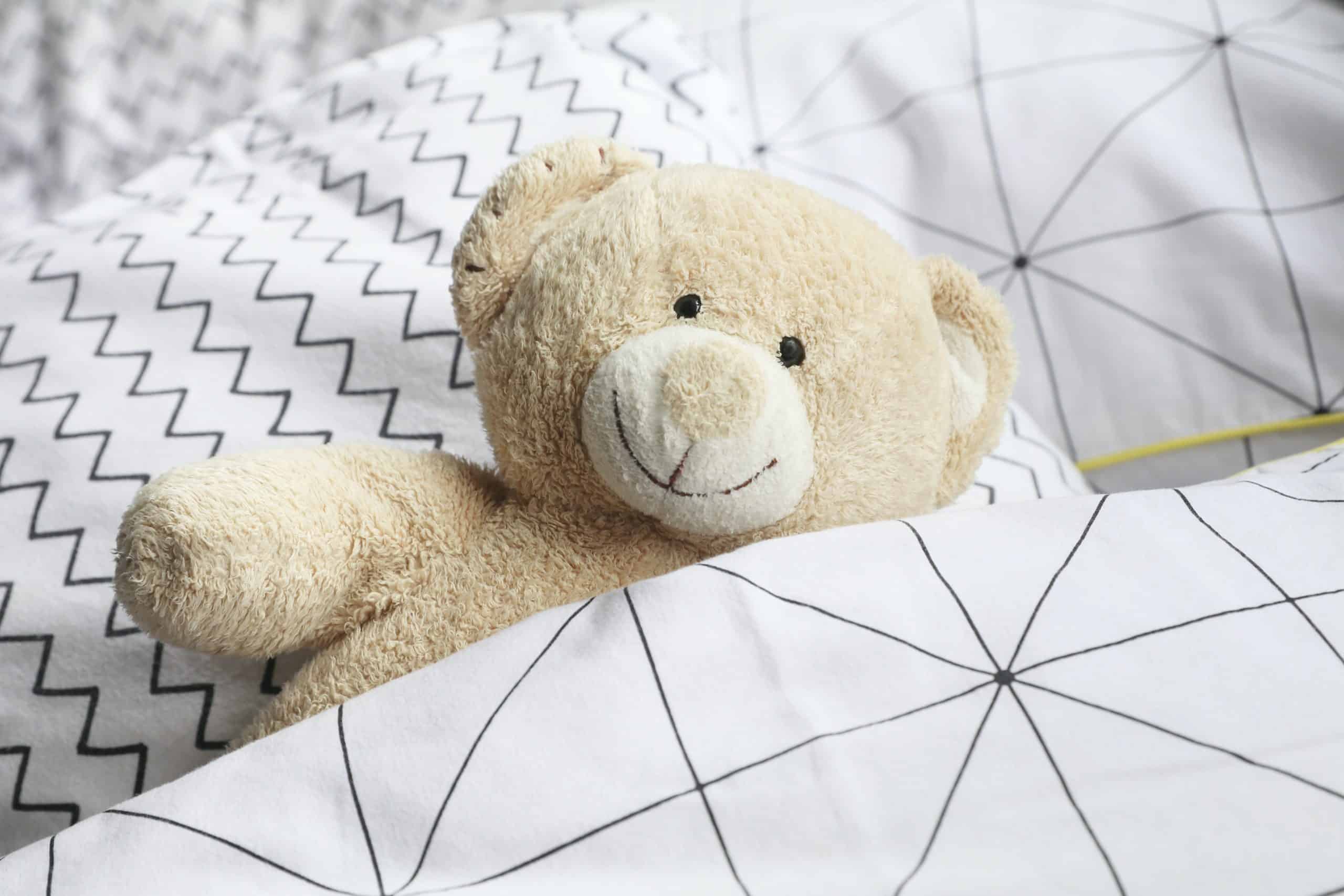
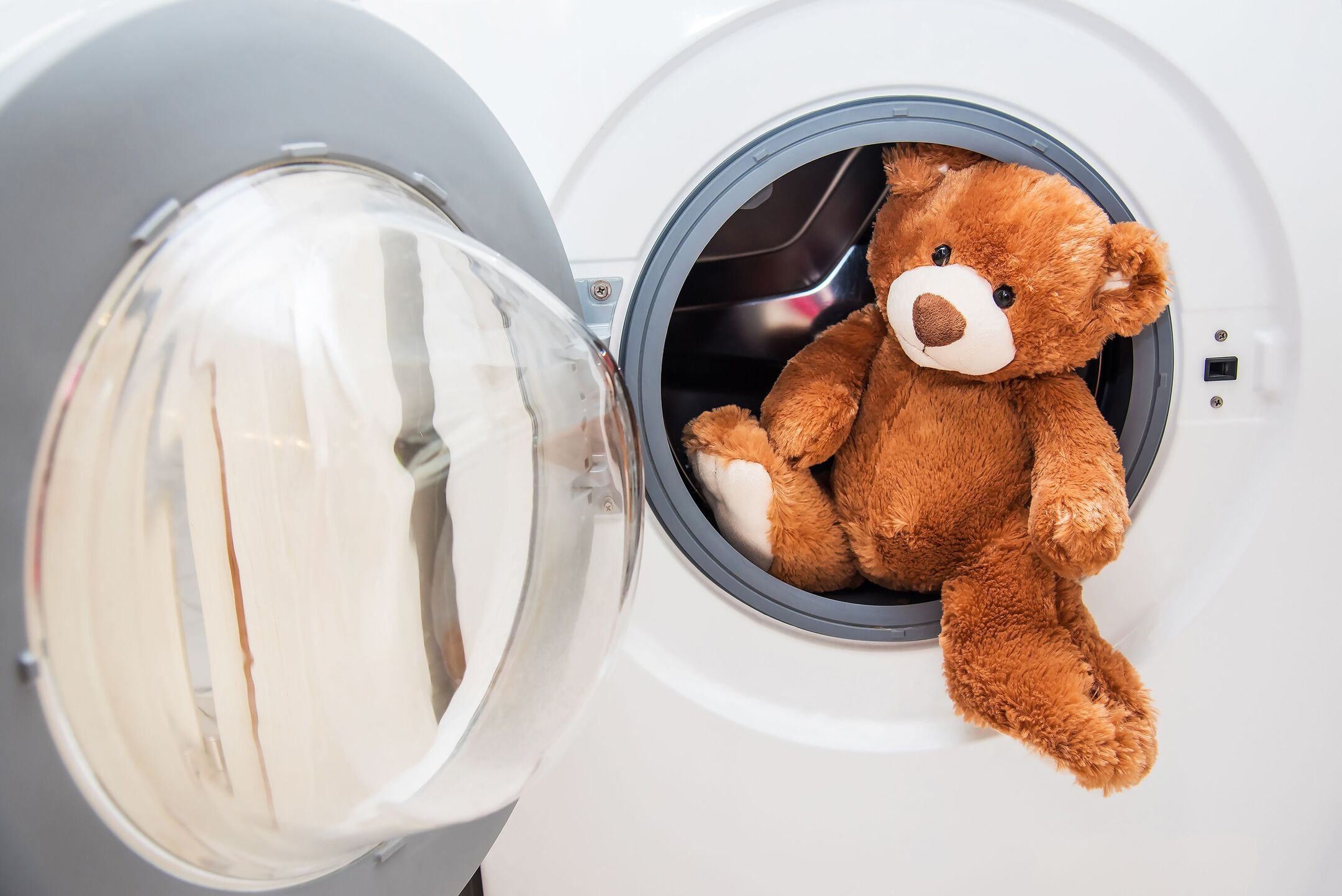
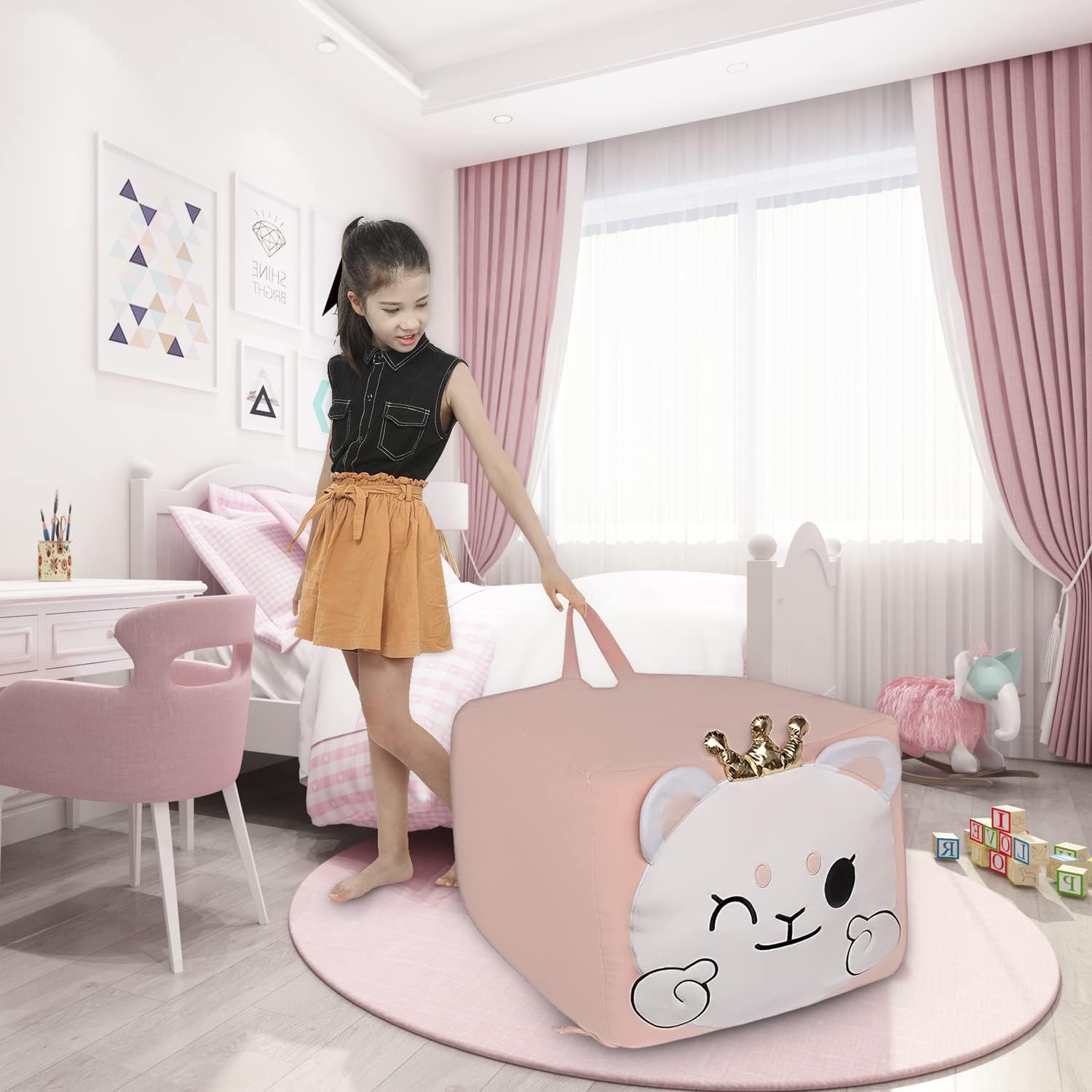
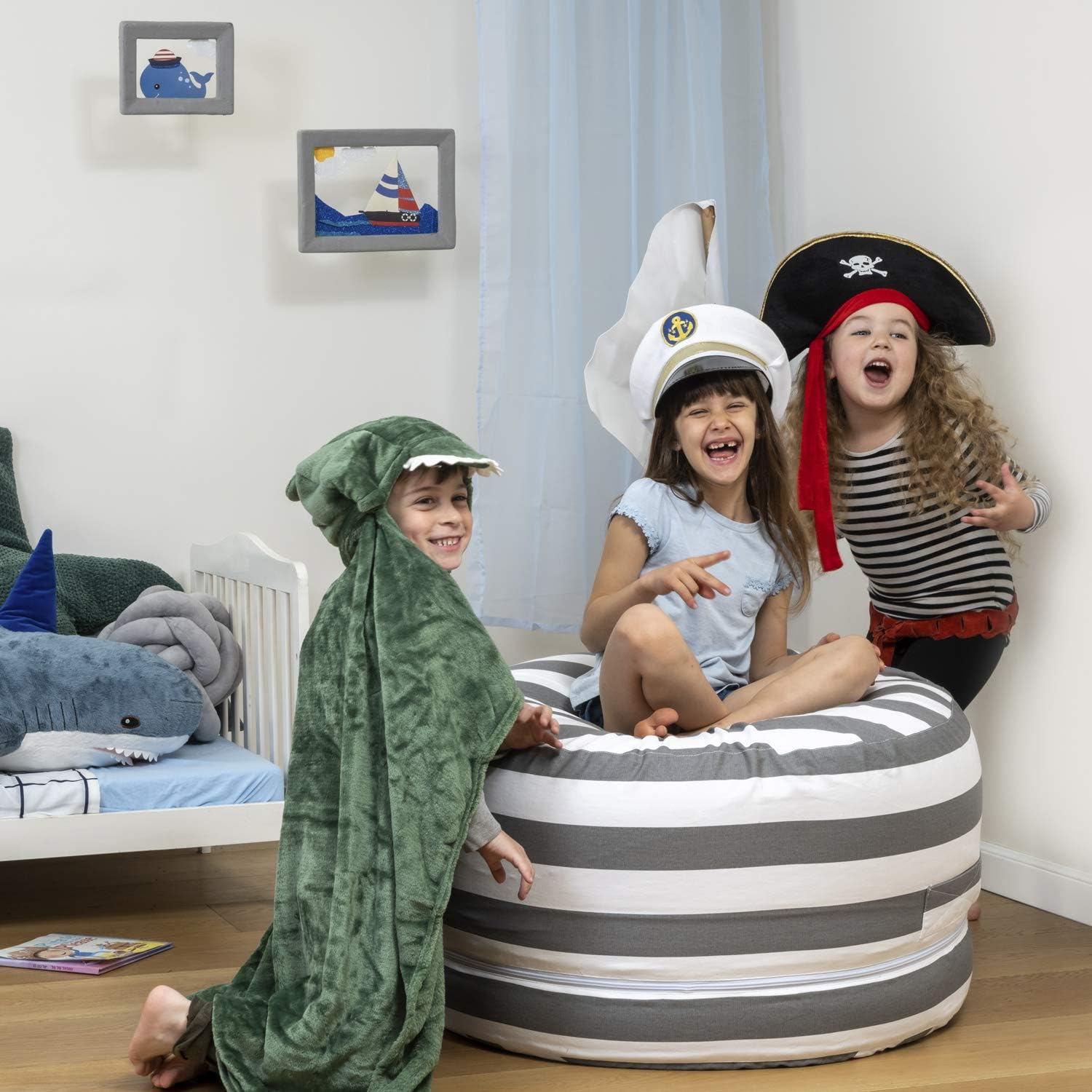
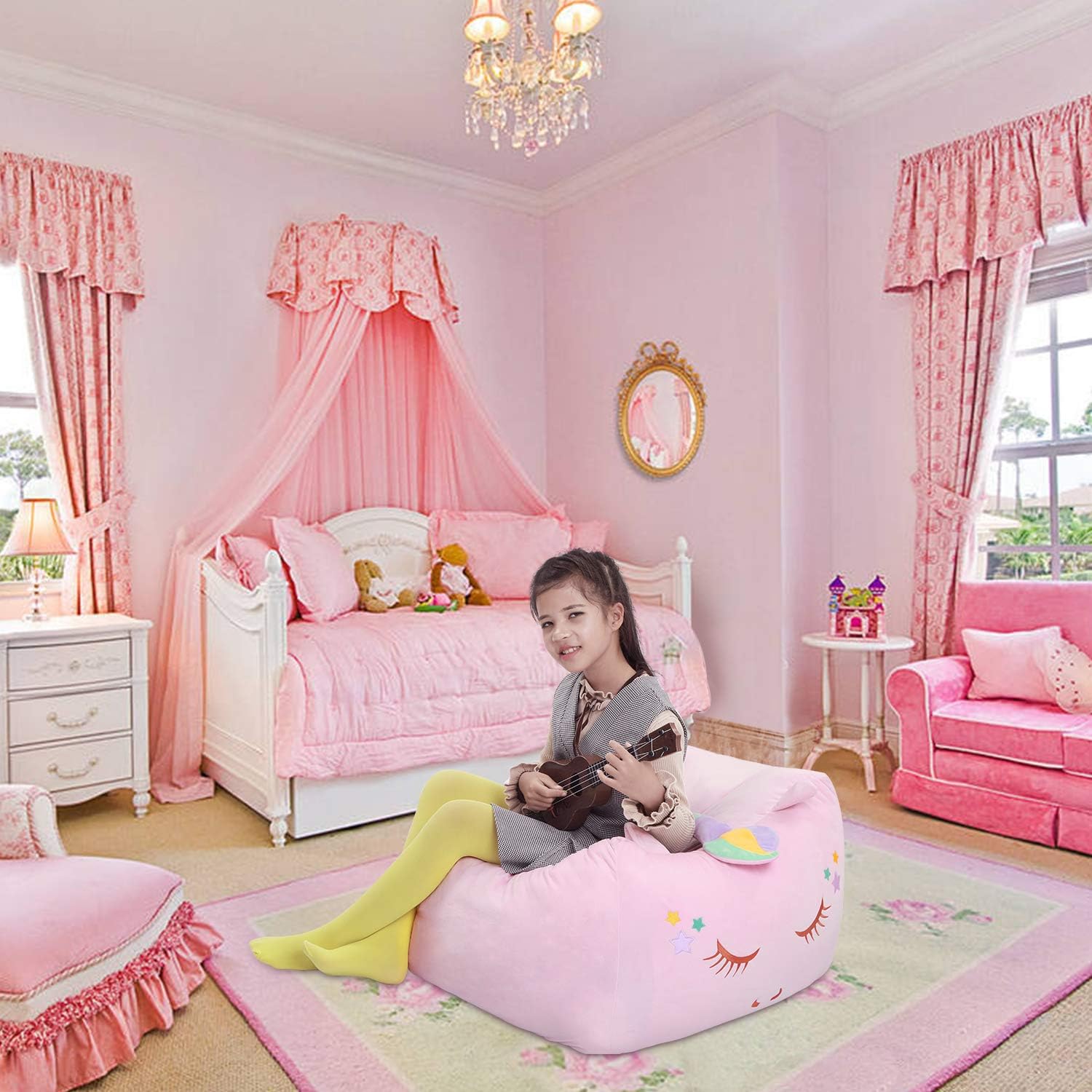
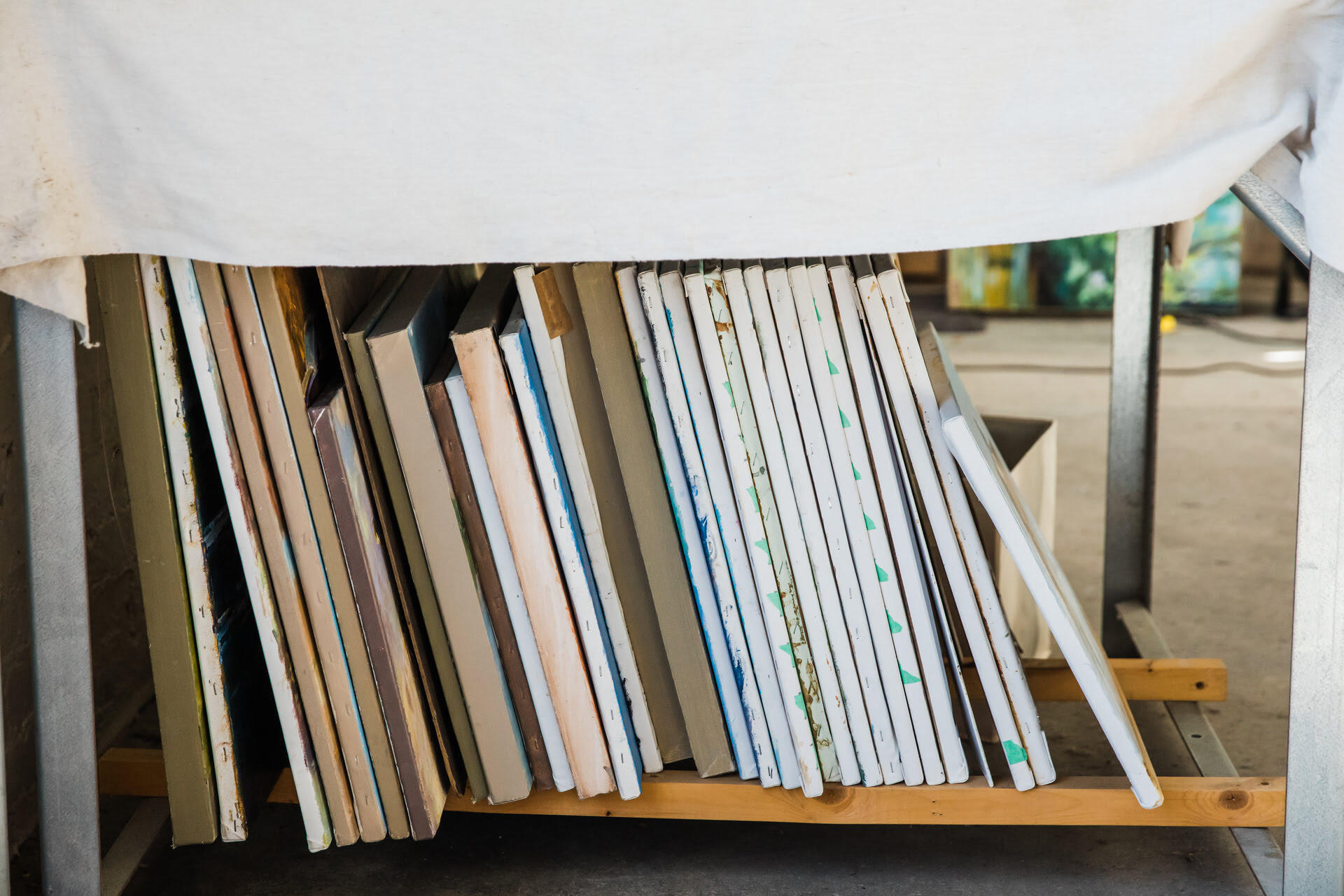
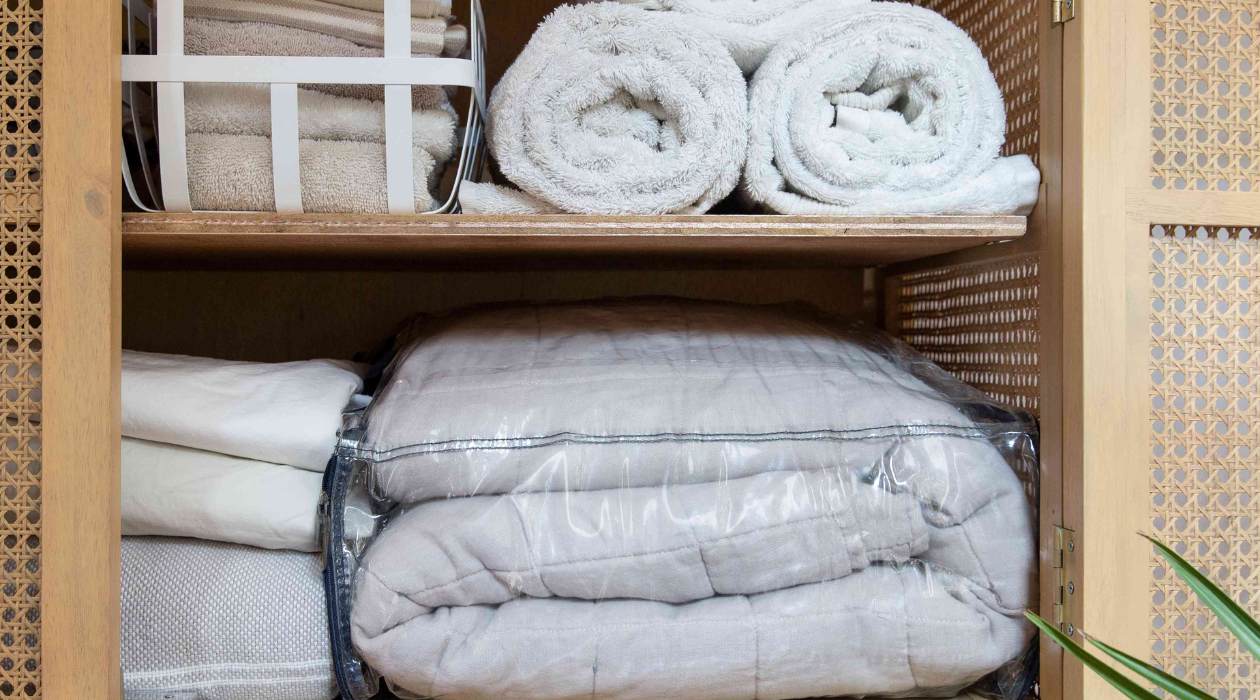
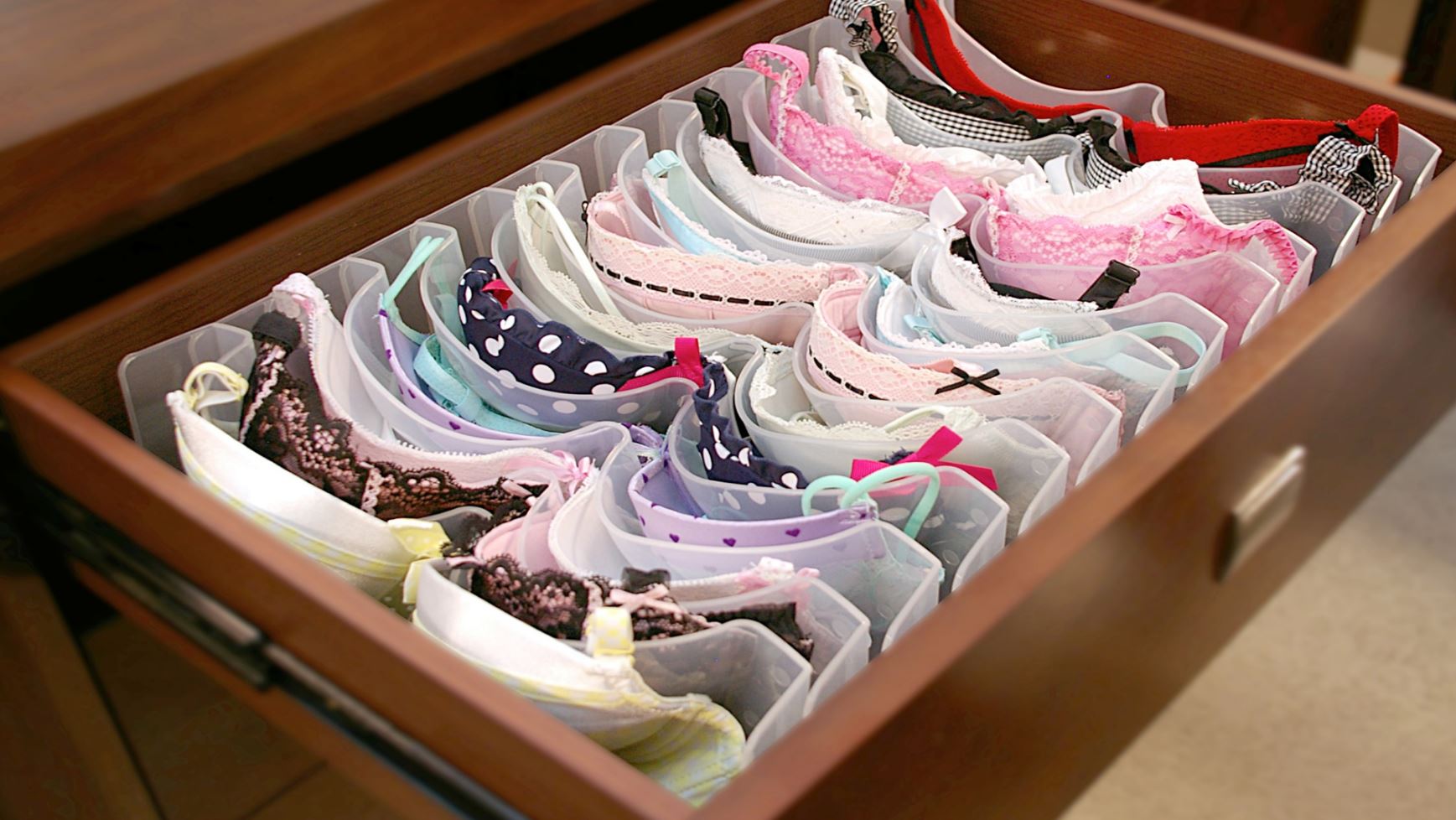
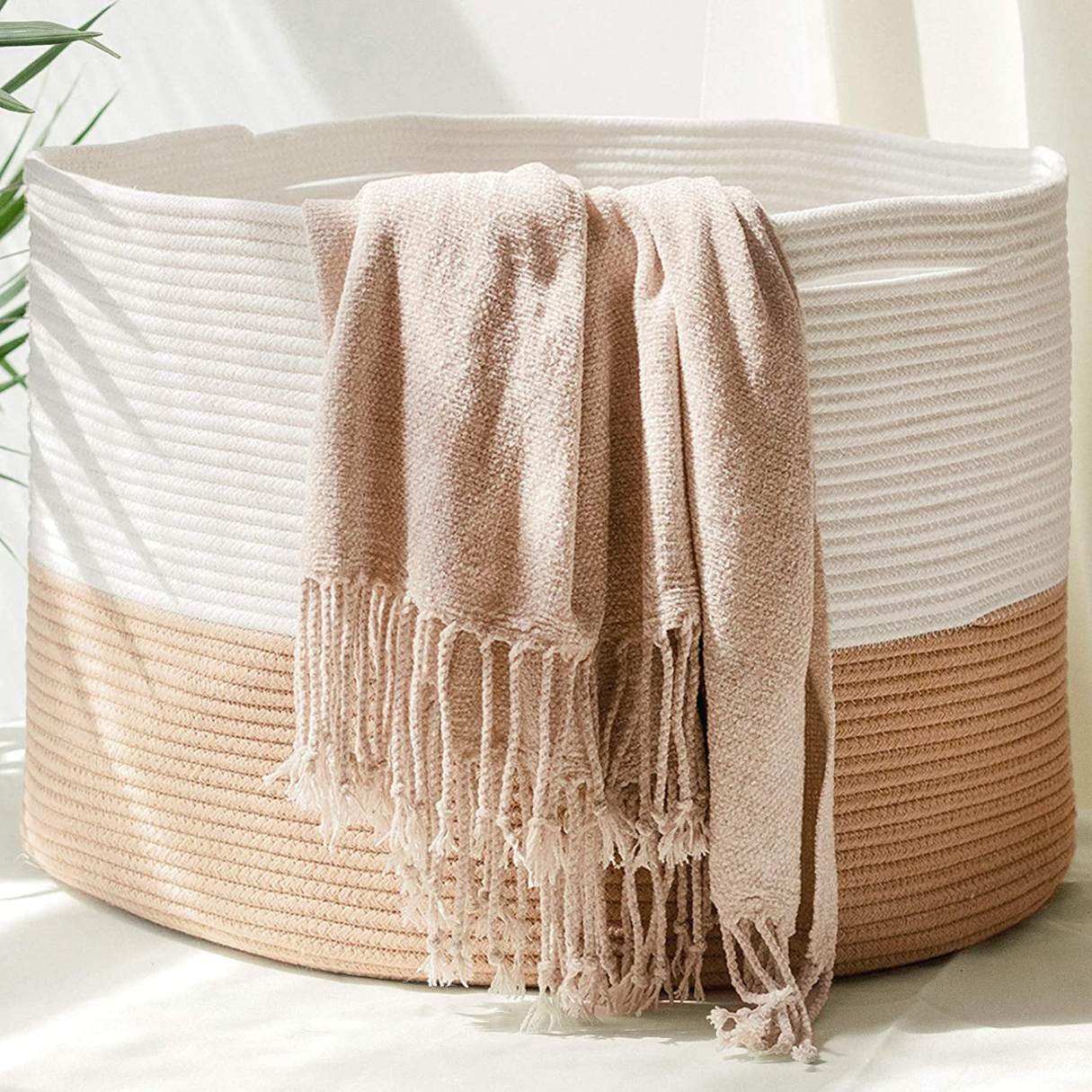

0 thoughts on “How To Store Large Stuffed Animals”